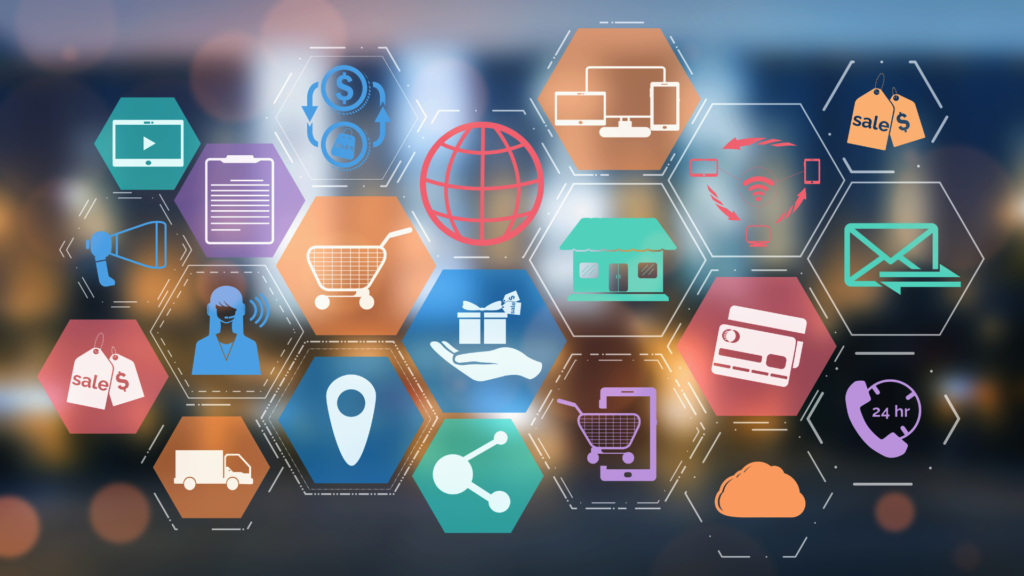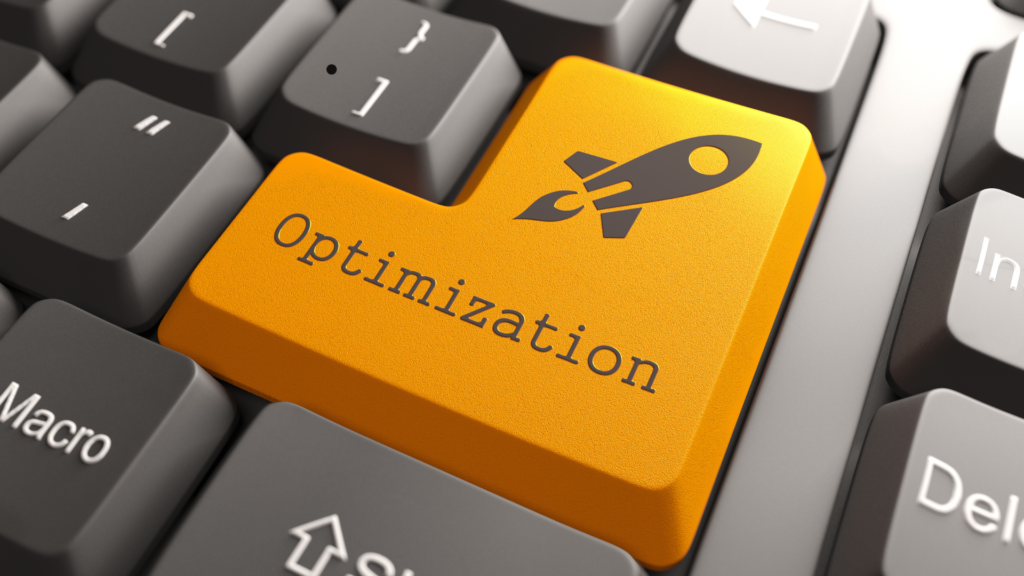In today’s digital landscape, marketing campaigns are essential tools for businesses looking to connect with their target audiences to build brand awareness, and drive conversions. A successful campaign strategy goes beyond merely promoting a product or service, it helps engage the audience and fosters meaningful interactions that create long-term relationships. To engage the audience, the success of campaigns is very crucial, as it not only captures attention but also builds trust and brand loyalty.
Let’s dive into 10 elements of building an effective marketing campaign strategy, including understanding your audience, setting clear objectives, crafting compelling brand messages, selecting the right channels, creating high-quality content, building relationships, leveraging data, and optimizing your strategies.

1. Understanding Your Audience
Importance of Target Audience Research
The foundation of any successful marketing campaign lies in understanding your audience. To engage the audience effectively, businesses must gather data on their target demographics, and behaviors. This includes factors such as age, gender, income level, interests, and online activity. Identifying your audience’s needs and desires is key to crafting messages that resonate and provide solutions to their requirements.
Thorough audience research allows businesses to create campaign strategy that speak directly to the individuals they are trying to reach, increasing the likelihood of conversion and brand loyalty.
Creating Buyer Personas
Buyer personas are profiles of your ideal customers, based on market research and real data. These personas guide your marketing efforts by representing the target audience’s needs, challenges, and buying behaviors.
Each persona should include key details such as:
- Demographics: Age, location, income, job role.
- Psychographics: Interests, motivations, values.
- Pain Points: Challenges they face that your product or service can solve.
Tailoring your messaging and content to these personas ensures that your campaigns are more relevant, personalized, and effective.

2. Setting Clear Objectives
SMART Goal Setting
Without clear objectives, even the most creative marketing campaigns will lack focus and direction. Using the SMART framework (Specific, Measurable, Achievable, Relevant, Time-bound) helps ensure your goals are well-defined and trackable. How to start a campaign? Each marketing campaign should aim to meet business objectives, such as increasing brand awareness, driving website traffic, or boosting sales.
Key Performance Indicators (KPIs)
KPIs are the measurable values that indicate how well your campaign is performing in relation to your goals. These indicators may include website traffic, conversion rates, social media engagement, email open rates, or customer acquisition costs. Defining the right KPIs before launching a campaign ensures you can accurately track progress and make adjustments as needed.

3. Developing a Compelling Brand Message
Brand Identity and Positioning
Your brand identity is your audience’s perception of your company, and your positioning is how you differentiate yourself from competitors. A clear and compelling Unique Selling Proposition (USP) sets your brand apart by highlighting the distinct benefits that only you can offer.
Consistent messaging across all channels helps build trust and recognition, ensuring that every touchpoint reinforces your brand’s values and promises.
Storytelling and Emotional Connection
Storytelling is a powerful way to engage the audience on an emotional level. People are more likely to remember stories than plain facts, and they are more inclined to connect with brands that evoke emotions. Whether through case studies, testimonials, or brand narratives, crafting an engaging story that aligns with your audience’s values can drive stronger connections and commitment.

4. Choosing the Right Channels
Channel Selection
The channels you choose for your marketing campaign should depend on where your target audience spends their time and how they prefer to consume content. Options include:
- Social media platforms (Facebook, Instagram, LinkedIn)
- Email marketing
- Content marketing (blogs, articles, videos)
- Paid advertising (Google Ads, social media ads)
Selecting the right mix of channels is essential for reaching your audience effectively while also considering your campaign goals and budget.
Channel Optimization
To maximize engagement, each channel should be optimized based on its unique strengths. For example, on social media, engaging visuals and concise messaging work best, while email campaigns may benefit from personalization and segmentation. Ensuring that each channel delivers the best possible experience for the audience helps boost the overall effectiveness of your campaign.

5. Creating High-Quality Content
Content Strategy
A well-planned content strategy is crucial for delivering valuable, engaging material that speaks to your audience. This includes determining the types of content you will create (blog posts, videos, infographics, social media posts, etc.) and scheduling them for consistent delivery.
Having a content calendar allows for a strategic approach to content creation, ensuring that it aligns with your campaign goals and addresses the needs of your audience.
Content Quality and Relevance
High-quality content is informative, engaging, and provides value to the audience. It should address their pain points, answer their questions, or solve their problems. SEO optimization is also essential to ensure that your content ranks well in search engine results, increasing visibility and organic traffic.

6. Building Relationships and Community
Customer Engagement
Marketing today is about more than just selling products it’s about building relationships. Planning strategies to engage the audience on social media, responding to customer queries through email, and offering exceptional customer support all contribute to creating a positive brand experience.
Personalized interactions show customers that you value their needs, which can lead to increased brand loyalty.
Community Building
Fostering a sense of community around your brand helps turn customers into advocates. By creating spaces where your audience can connect (e.g., social media groups, forums), you encourage conversations that build trust and loyalty. A strong community can also become a source of user-generated content, helping to further promote your brand.

7. Leveraging Data Analytics
Tracking and Measurement
Measuring the success of your marketing campaign requires tracking key metrics such as website traffic, conversion rates, and social media engagement. These metrics provide valuable insights into what’s working and what needs improvement.
Tools like Google Analytics and social media analytics platforms allow you to monitor performance and make data-driven decisions to optimize your campaign.
Data-Driven Decision Making
Analyzing data from your campaigns helps identify trends, customer preferences, and potential areas for improvement. By continuously monitoring performance, you can tweak your strategies in real time, leading to better results and higher ROI.

8. Testing and Optimization
A/B Testing
A/B testing involves experimenting with different elements of your campaign, such as headlines, visuals, or call-to-action buttons, to determine which performs better. By testing different variations, you can refine your campaigns and improve their effectiveness over time.
Continuous Optimization
Marketing campaigns should never be static. By continually analyzing performance and optimizing based on data, you can improve results, reduce costs, and increase ROI. Regular optimization ensures your campaigns stay relevant and effective in a dynamic marketplace.

9. Budgeting and Resource Allocation
Cost-Effective Strategies
Effective budgeting ensures that you allocate resources efficiently, maximizing the return on your marketing investment. Whether you are working with a small or large budget, prioritize the channels and tactics that deliver the highest impact for your goals.
Measuring Return on Investment (ROI)
Tracking ROI helps quantify the success of your campaign in terms of revenue generated compared to the amount spent. This analysis allows you to make informed decisions about future investments in marketing efforts.

10. Staying Up-to-Date with Trends
Industry Trends and Best Practices
The marketing landscape is constantly evolving, with new tools, platforms, and strategies emerging regularly. Staying informed about the latest industry trends and best practices allows you to remain competitive and innovative in your marketing efforts.
Staying Ahead of Competitors
By continuously adapting to market changes and adopting new trends, you position your brand as forward-thinking and responsive. Staying ahead of your competitors requires ongoing learning, experimentation, and a willingness to evolve.
With 44 Media Group, engage the audience Faster
An efficient way to implement all these strategies and engage the audience is relying on 44 Media Group. Get the services done by professionals by tailored content creation, digital marketing, and cutting-edge technology. 44 Media Group helps brands connect with their audience faster and drive impactful engagement by accelerating your growth.
FAQ
- How to start a campaign?
To start a marketing campaign, it is essential that you set goals, determine your target audience, and formulate an engaging message for them. Select appropriate platforms (social media, email) and create a timeline before measuring progress using key metrics like engagement rates, conversion rates, and ROI; continually testing and refining strategies throughout will be key components to ensure its success.
2. How Can I Increase Audience Engagement?
To increase audience engagement, create content that resonates with your target audience and encourage interaction through polls, quizzes, or comments that encourage participation – responding in real-time when necessary and personalizing content such as videos or infographics can further amplify audience involvement.
3. What are effective audience engagement strategies?
Effective audience engagement strategies include interactive content like polls and personalized email campaigns as well as influencer partnerships and live Q&A sessions to build your community around your brand. Offering incentives like contests and giveaways may also boost participation rates.
6. What Is Digital Audience Engagement?
Digital audience engagement refers to how brands engage their target audiences online through channels such as social media interactions, email marketing campaigns, website user experiences and digital ads – with the ultimate goal of creating meaningful interactions that foster brand growth and foster loyalty with their target demographic.
7. What should I avoid when trying to actively engage an audience?
To actively engage the audience you should avoid providing overly promotional content, disregarding audience feedback, being inconsistent in communication or disregarding data insights, spamming content, or providing irrelevant material – these tactics will only serve to lower engagement rates further. Instead, focus on building authentic connections while offering valuable services or products.

